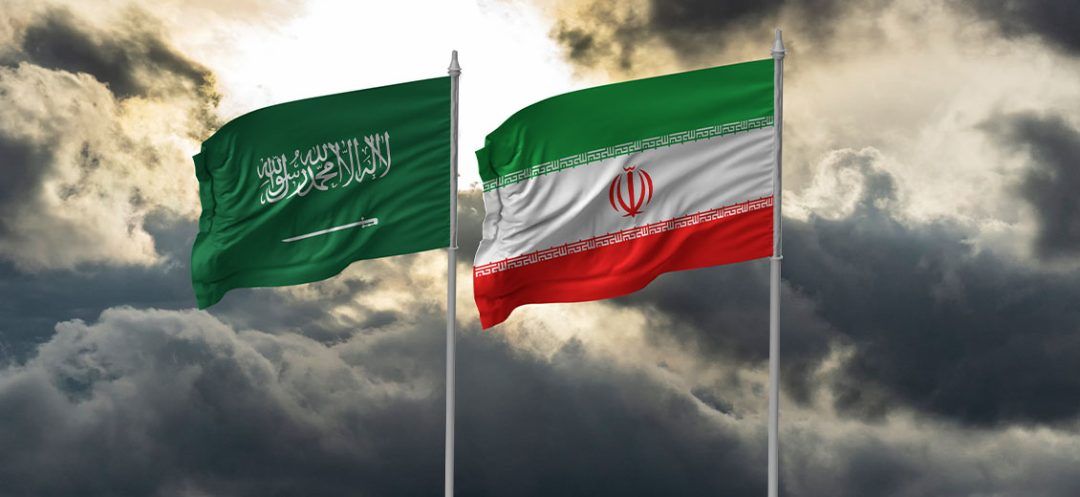- Home
- Middle East
- Where Does the Saudi-Iranian Agreement Stand Now?

It's been nearly a year and a half since the Saudi-Iranian agreement, brokered under China's auspices, which surprised many observers. The decision by the two longtime rivals to turn to Beijing to settle their differences was unexpected. This agreement underscored the emerging role of Chinese diplomacy in a complex issue that had troubled the entire Middle East, raising concerns about the potential for a lasting deterioration in relations, particularly given the significant sectarian and religious elements involved.
The agreement can be seen as successful in re-establishing diplomatic relations between the two countries and alleviating regional tensions that had reached high levels before it was signed. However, there were high expectations following the agreement, especially regarding Iranian policies toward several Arab countries such as Iraq, Lebanon, Syria and Yemen, which have not been fully met.
It's important to recognize that this agreement has enabled Tehran to normalize its relations with Jordan, Egypt, and Bahrain – nations with close ties to Saudi Arabia and careful foreign policy considerations. It has also revived some trade and economic exchanges between the two countries. However, these exchanges have not reached significant levels due to the financial structures of both nations, as well as the United States and international sanctions on Iran, which make trade more challenging and less smooth compared to other countries.
Some argue that, despite its importance, the agreement's outcomes have been limited to restoring diplomatic relations and reopening embassies that had been closed for many years. Many contentious and pressing issues between the two countries have not seen significant political progress. This includes the election of a new president in Lebanon, where Tehran can exert influence through its allies, who are firmly supporting a single candidate while also calling for dialogue sessions to agree on a president. Additionally, there has been no progress in the Yemeni reconciliation process thus far.
While there hasn't been as much progress as desired on the Yemeni and Lebanese fronts, Riyadh has managed to restore some of its severed ties with Damascus, Iran's primary ally in the region since the days of the late President Hafez al-Assad. Syrian President Bashar al-Assad is seeking to normalize relations with Arab countries after Syria's membership in the Arab League was suspended in the early months of the Syrian revolution. There is no doubt that revitalizing and strengthening relations with Saudi Arabia is a crucial step, given its significant influence in the Arab world.
Regardless of the circumstances, the Saudi-Iranian agreement has been a crucial step toward reducing sectarian tensions in the region, which had been exacerbated by dubious television channels and satellite networks and had reached dangerous levels. If this agreement leads to de-escalation in other Arab areas as well, the situation in the region will undoubtedly improve.
A reconciliation with a sole emphasis on security issues, or giving them priority over other political matters, while important, is not enough to achieve the key objectives needed for greater regional stability. The region remains a hotspot of tensions due to the Israeli conflict with Gaza, unrest in southern Lebanon, and other recent developments in that area.
Read more





Comments